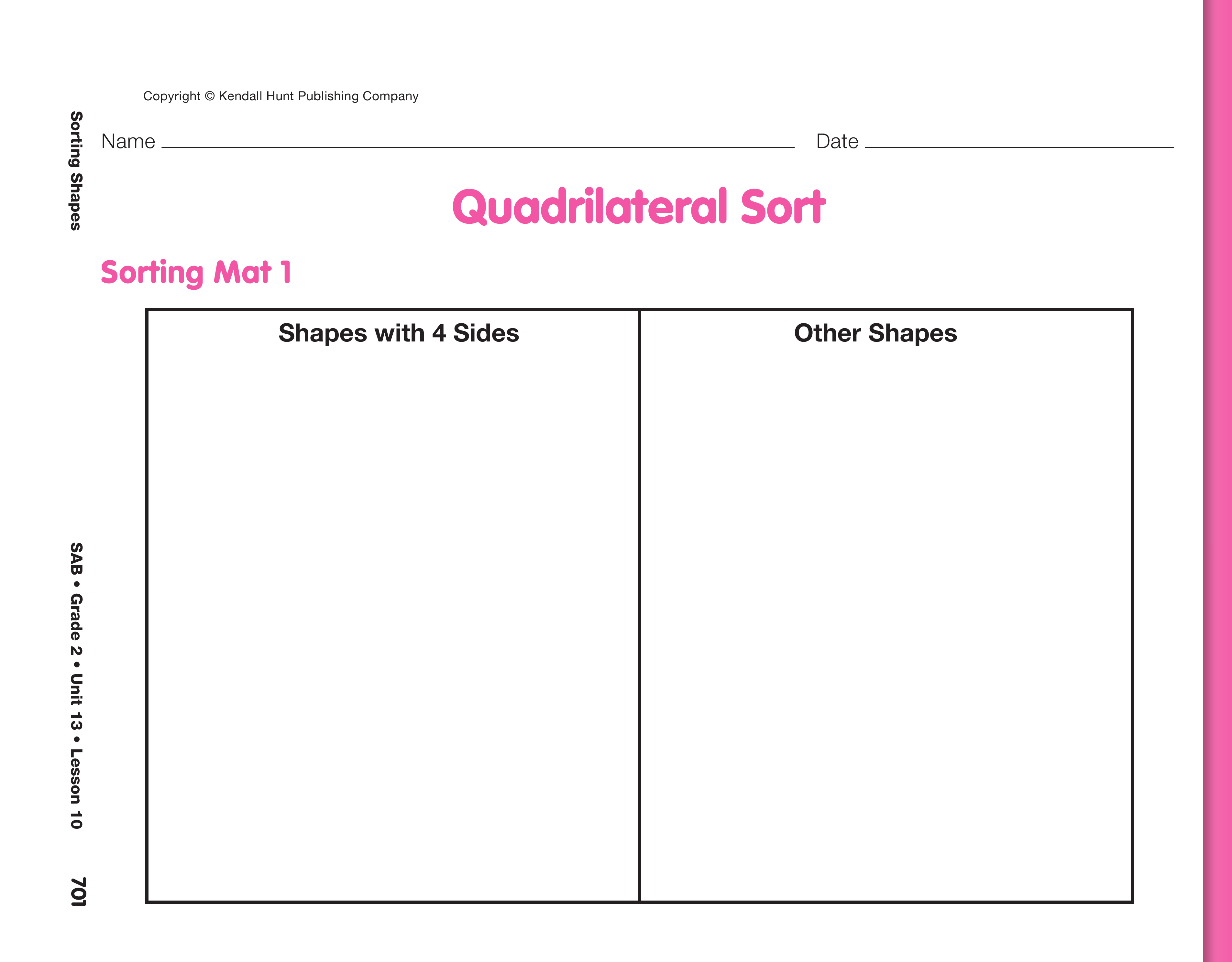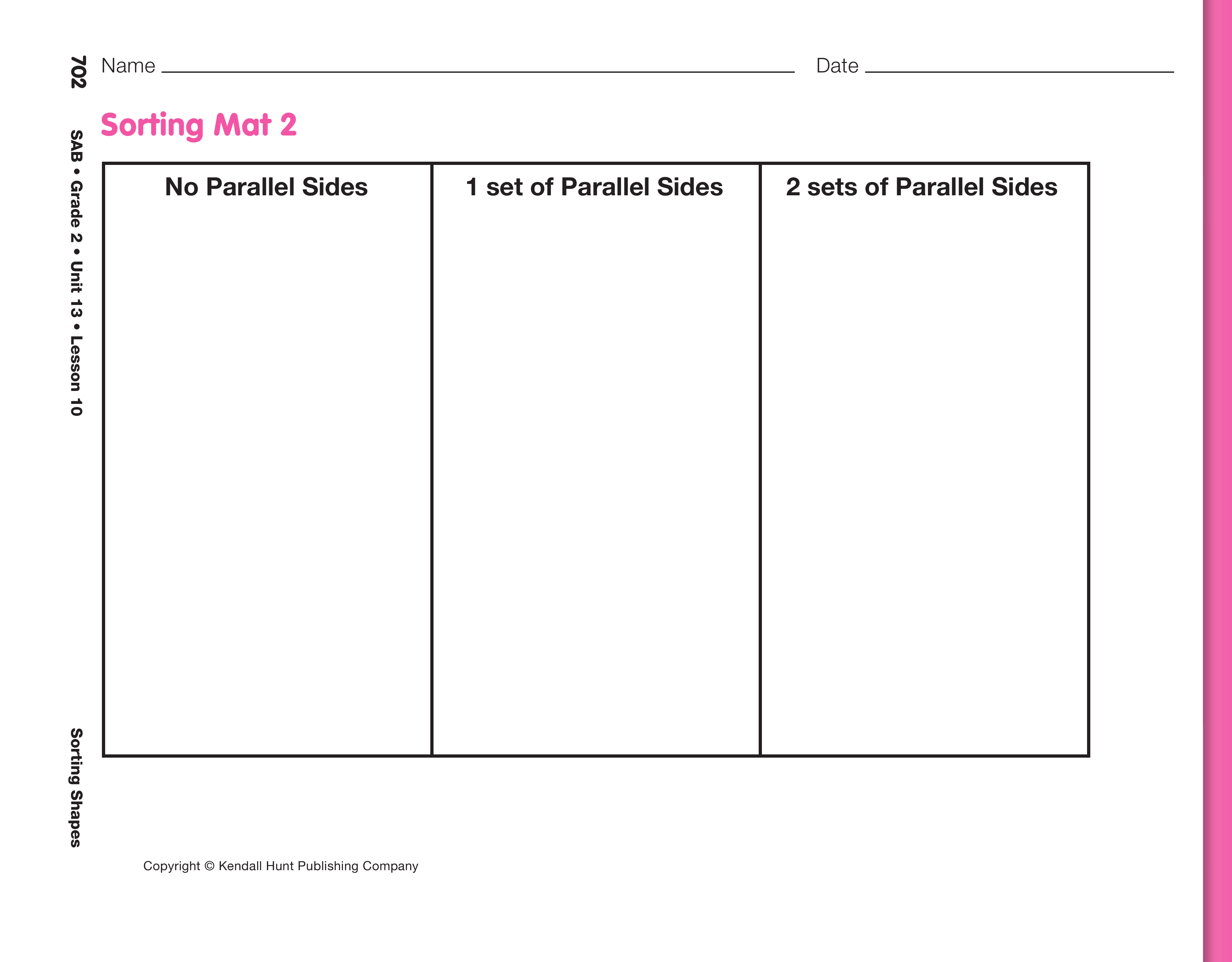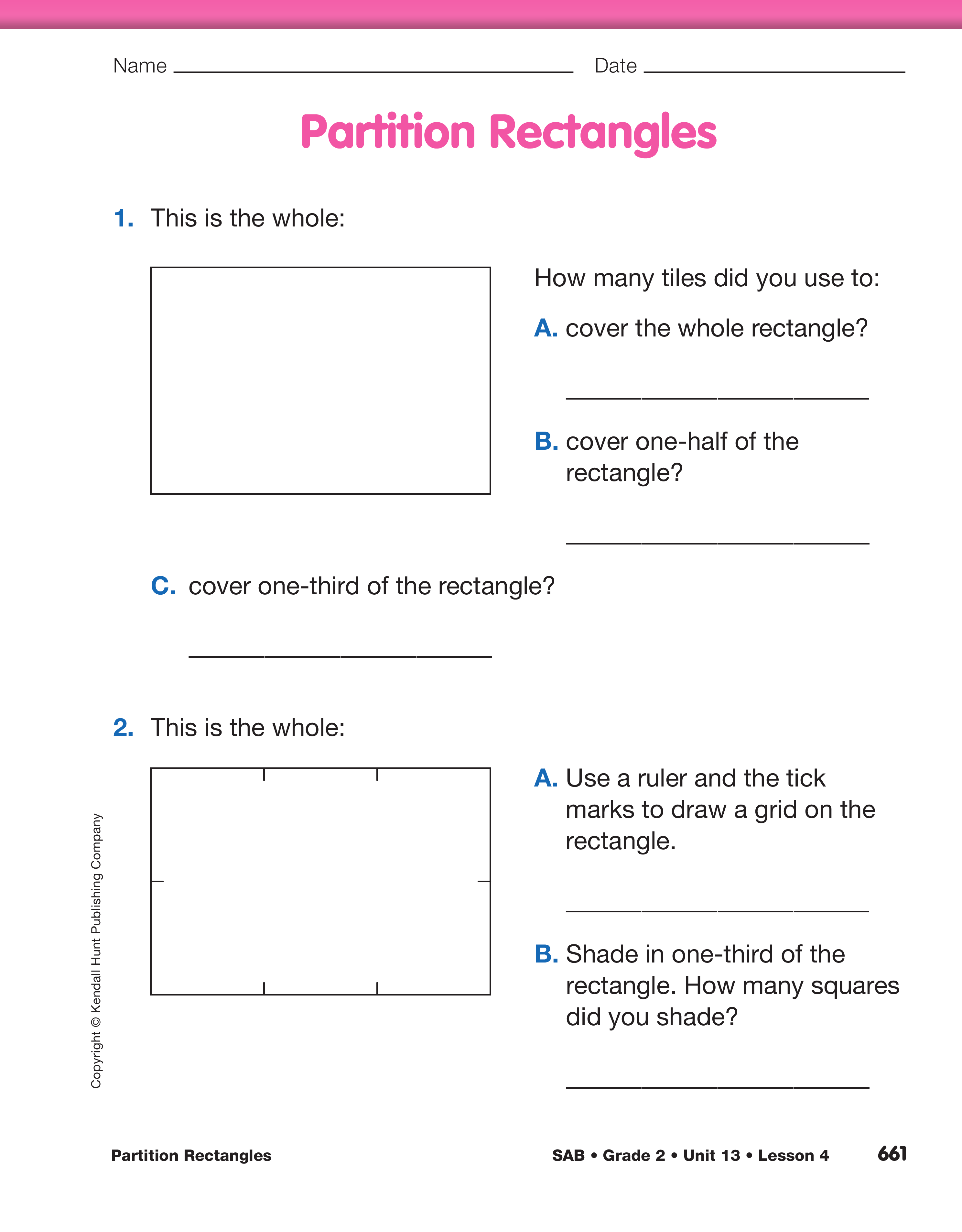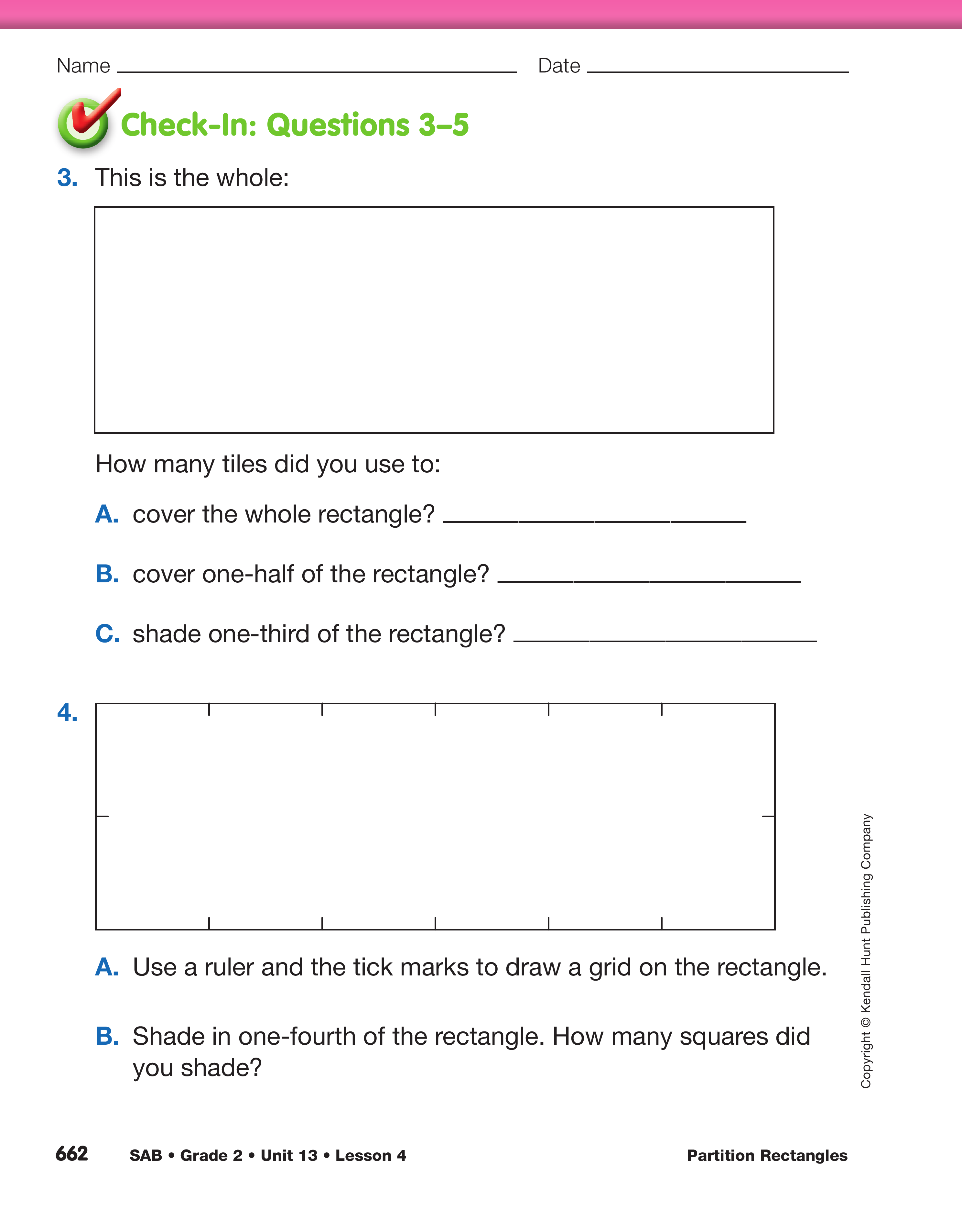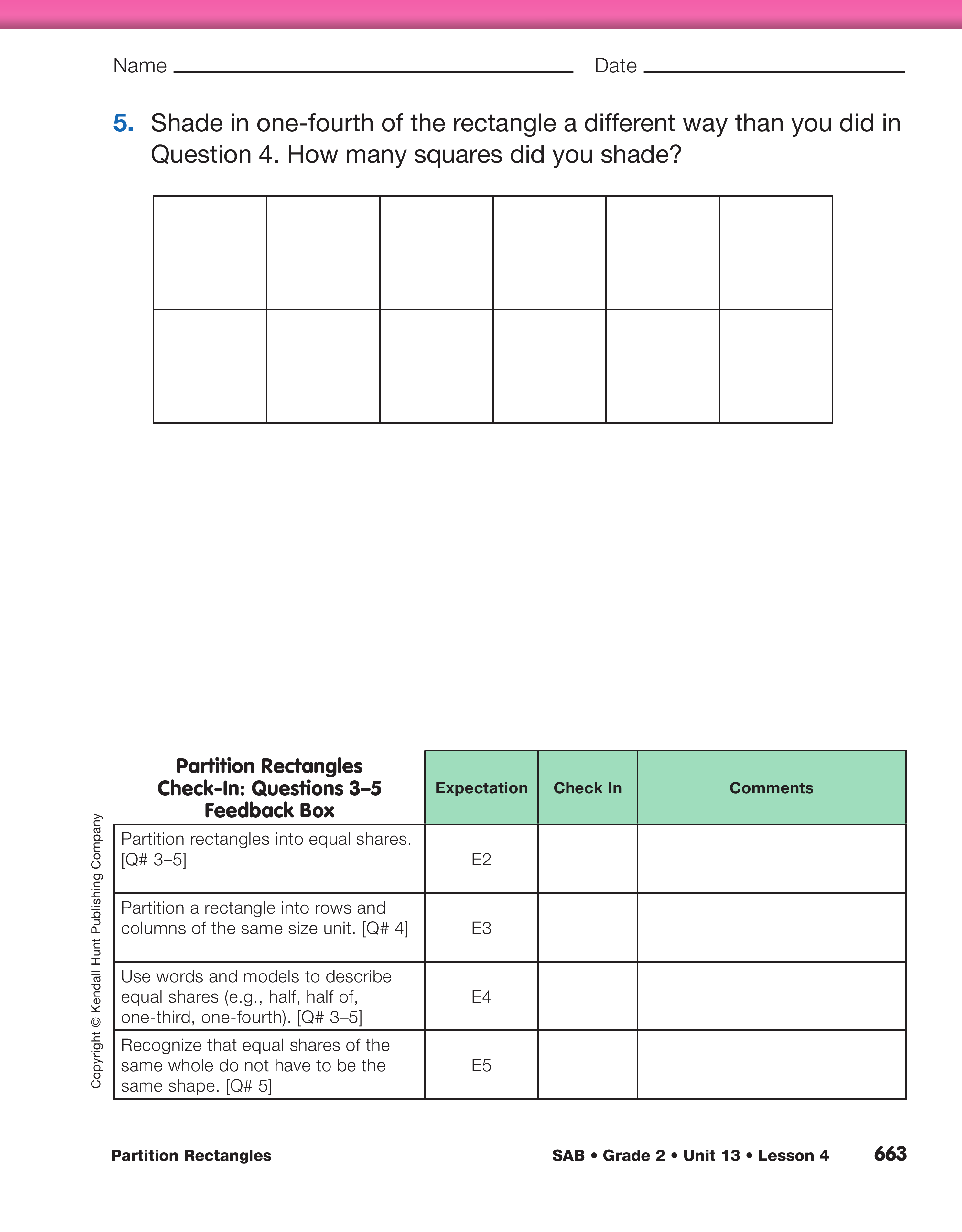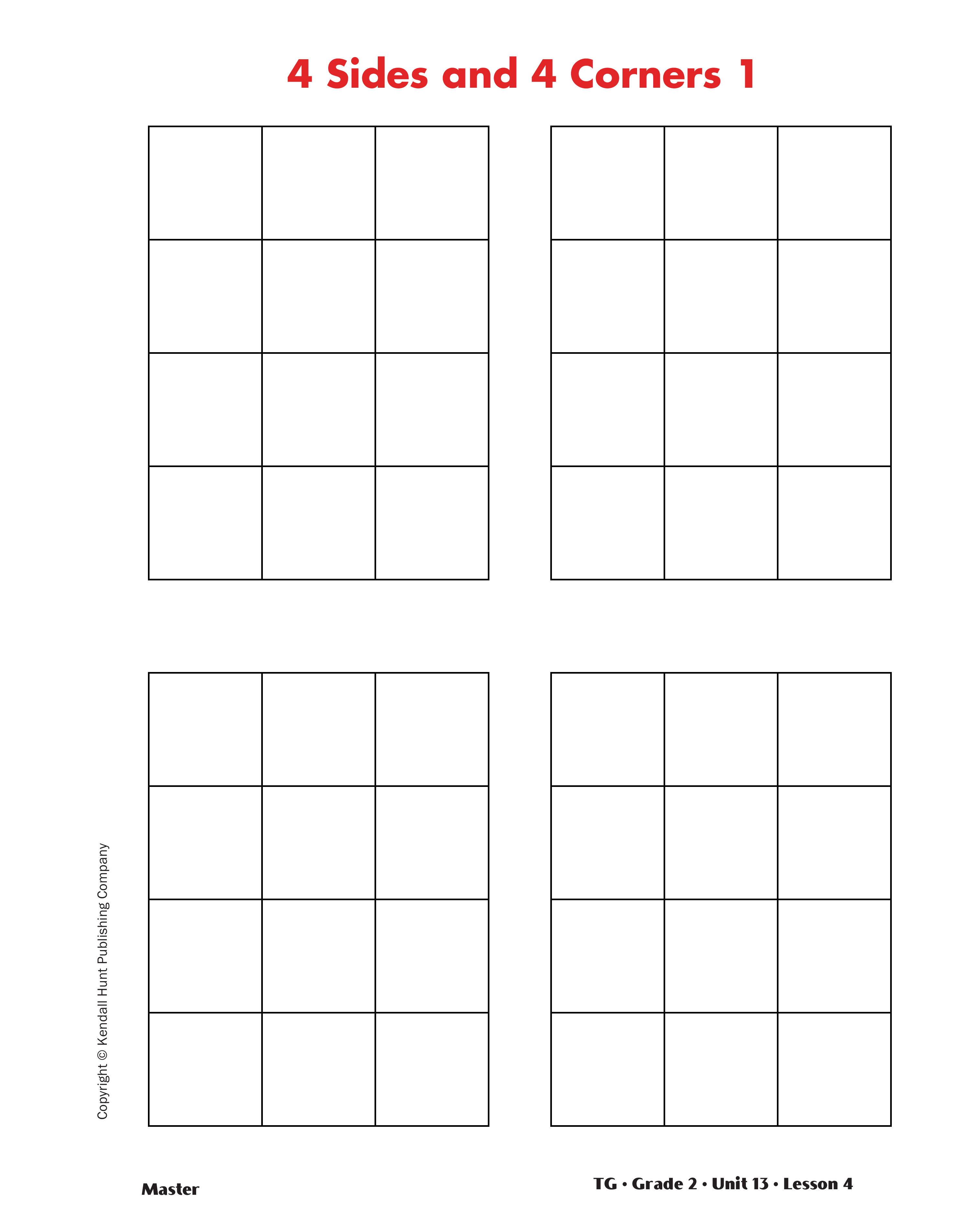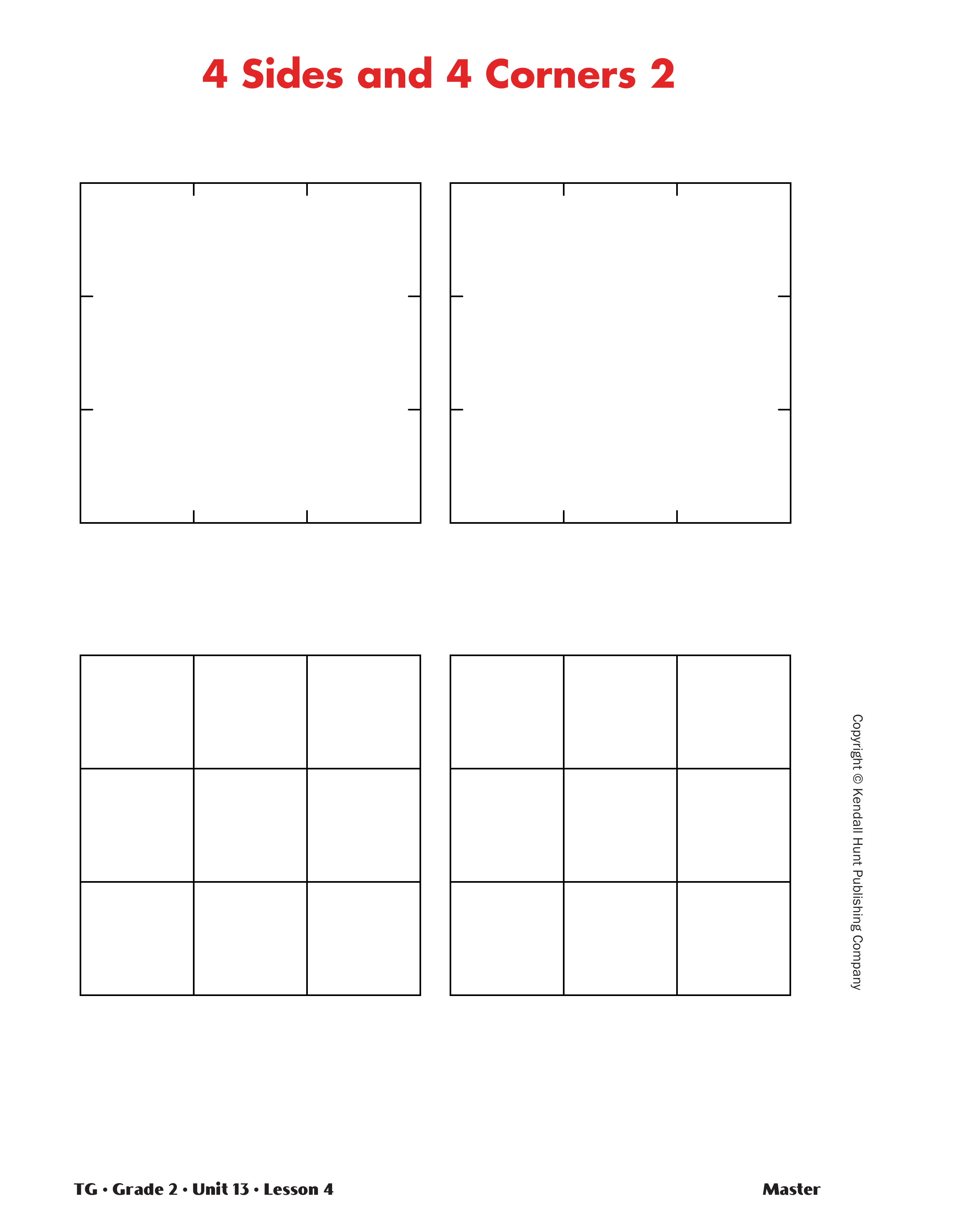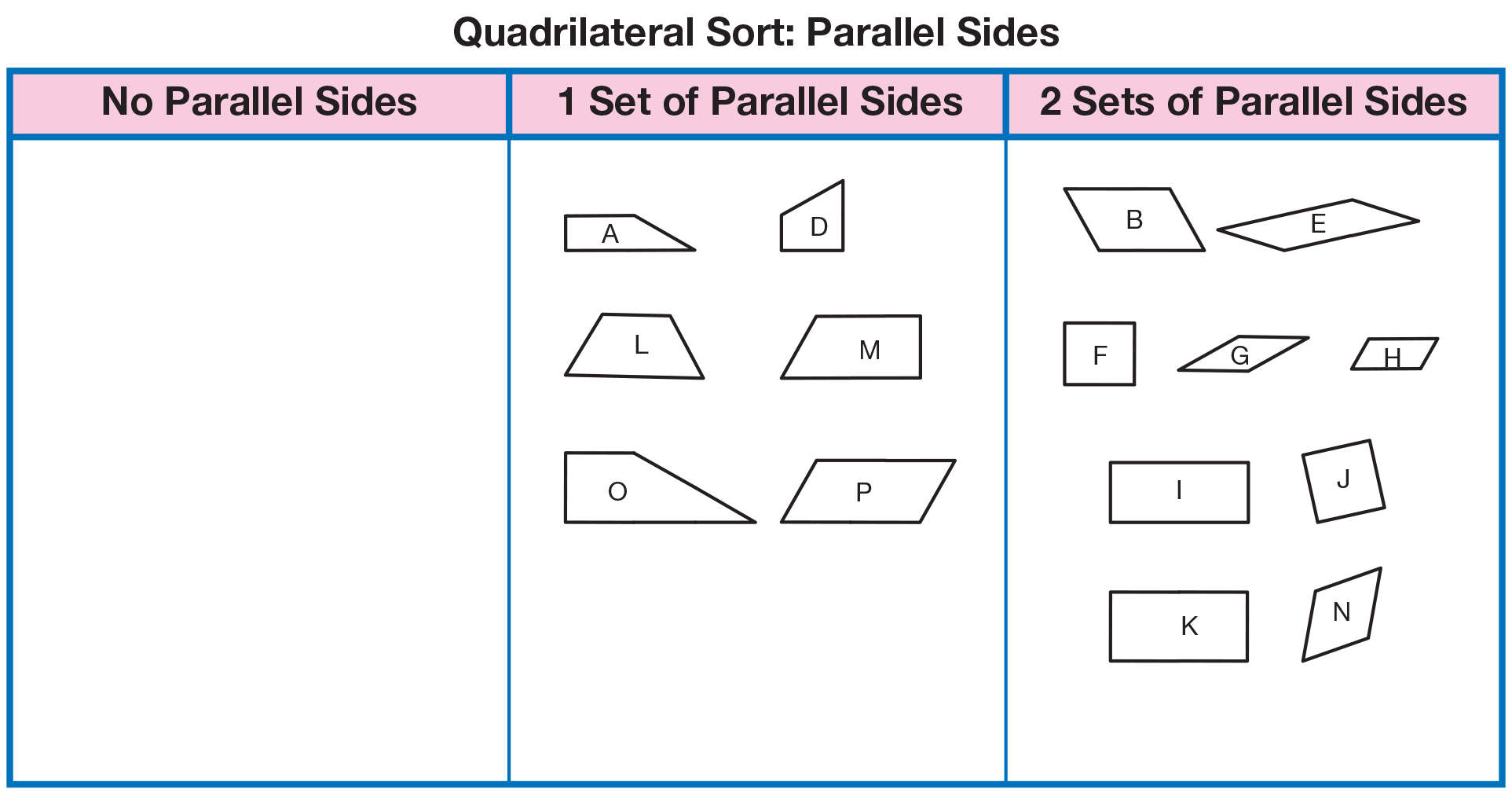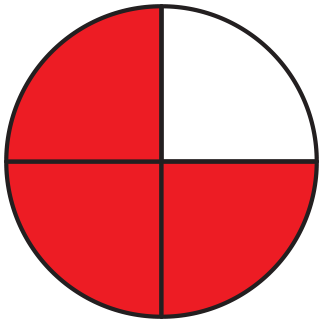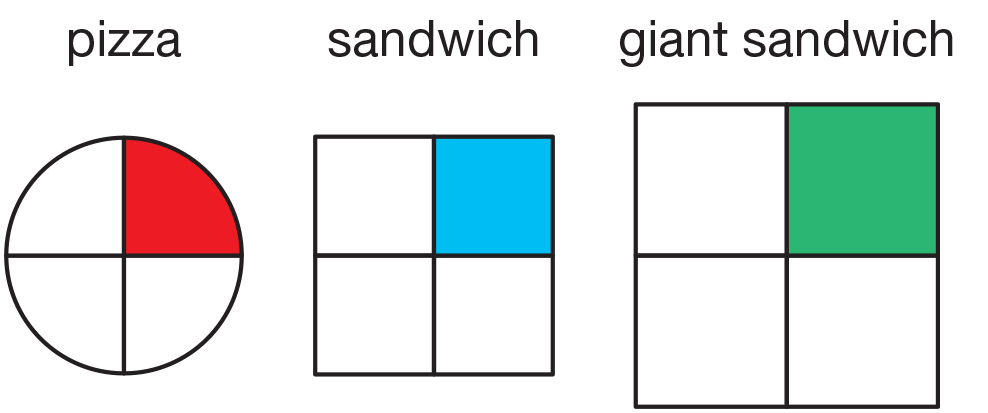Sorting Shapes
Est. Class Sessions: 2Developing the Lesson
Part 2: Sorting Quadrilaterals
Find 4-Sided Shapes. Ask students to gather all of their shape cards together. First, instruct students to use Sorting Mat 1 on the Quadrilaterals Sort page in the Student Activity Book to sort all of the shapes into two categories: those that have 4 sides and those that do not.
Display the Quadrilateral Sort chart you prepared prior to the lesson. See Figure 4 in Materials Preparation. As other students work, ask a volunteer to attach the shape cards from one display set to the appropriate columns on the class chart. See Figure 15.
After all students have sorted their shape cards ask:
Discuss any discrepancies in sorting.
Then ask:
Find Parallel Sides in Quadrilaterals. Students should keep the quadrilateral cards on their desks and put the rest away. Direct students to Sorting Mat 2 on the Quadrilaterals Sort page. This time, students use the sorting mat to sort the quadrilaterals into three categories:
- Quadrilaterals that have no parallel sides
- Quadrilaterals that have only one set of parallel sides
- Quadrilaterals that have 2 sets of parallel sides
Display the Quadrilateral Sort: Parallel Sides class chart you prepared prior to the lesson. See Figure 5 in Materials Preparation. As other students work, ask a volunteer to attach the shape cards from the last display set to the appropriate columns on the class chart. See Figure 16.
After all students have completed the sort, ask them to compare their findings to those displayed on the class chart. Again, discuss any discrepancies.
Then select several shapes and for each one ask:













